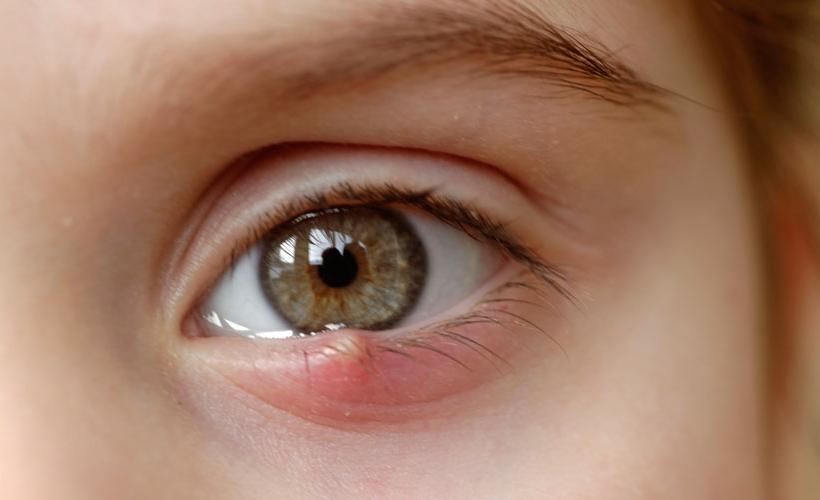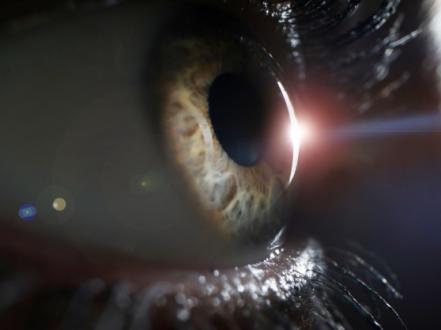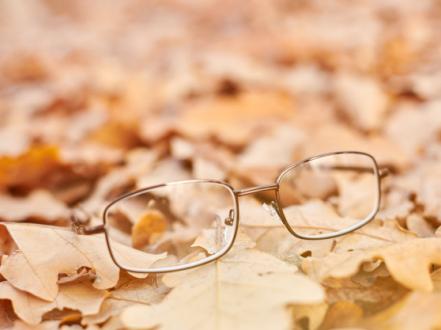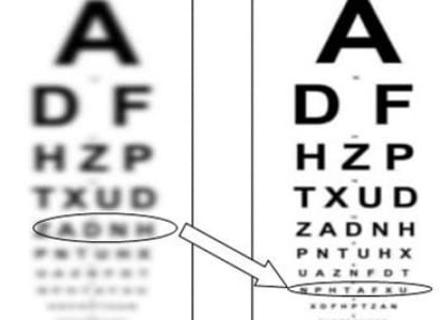A stye is an acute inflammatory disease of the eyelash hair follicle and the sebaceous gland of Zeiss at the edge of the eyelid (external stye) or the meibomian gland (internal stye). Frequently, a stye is filled with pus.
In most cases, a stye will begin to resolve on its own after a couple of days. At the same time, you can relieve pain or discomfort by applying a warm compress to your eyelid.
What causes eye styes?
A stye is an infectious inflammation. In most cases (90-95%), the causative agent is Staphylococcus aureus. Often, a hordeolum is caused by a decrease in immunity, hypothermia, or respiratory disease. Patients with diabetes mellitus, chronic gastrointestinal diseases, and demodicosis are also at risk.
Risk Factors
You are at increased risk of getting a stye if you:
- touch your eyes with unwashed hands;
- wear contact lenses without thoroughly disinfecting or washing your hands before doing so;
- leave your eye makeup on overnight;
- use old or expired cosmetics;
- have chronic inflammation of the eyelid margin (blepharitis);
- have rosacea, a skin condition characterized by redness of the face.
Symptoms of Stye
Signs and symptoms of a stye include:
- red lump on the eyelid that looks like a boil or pimple;
- pain, itching, and tingling at the edge of the lower or upper eyelid;
- swelling of the eyelids;
- tearing;
- as it progresses, a pustule with a yellow head appears, which opens on its own with the release of pus;
- in severe cases, fever, headache, muscle pain, enlargement of regional lymph nodes, and swelling of adjacent tissues may occur.
When to see a doctor?
Usually, a stye is not dangerous and does not affect your vision. First, try to do something on your own, for example, apply a warm cloth to the closed eyelid for 5-10 minutes several times a day and gently massage the eyelid. Consult your doctor if:
- The stye does not start getting better after 48 hours.
- You have a fever of ≥38.5 °C and a severe headache.
- Redness and swelling extend beyond the eyelid and affect the cheek or other parts of the face.
A doctor usually diagnoses a stye by simply looking at your eyelid. A slit lamp and magnifying device may be used to examine your eyelid.
Should a stye be treated?
In most cases, a stye does not require special treatment. Usually, it disappears on its own. Relapses are common.
If the stye does not go away on its own, the doctor may prescribe:
- Antibiotics in the form of eye drops or topical antibiotic cream/ ointment to be applied to the eyelid. If the infection persists or spreads beyond the eyelid, the doctor may recommend oral antibiotics.
- Surgical treatment. If your stye does not respond to therapy, your doctor may make a small incision in it to get the pus out. This will help speed healing and relieve pain and swelling.
Lifestyle and home care
Until your stye goes away on its own, try:
- Leave it alone. Do not try to burst the stye. It can lead to bacteria entering the bloodstream and causing inflammation of the meninges (meningitis). It will also cause the infection to spread to the entire eyelid and develop abscesses.
- Observe eyelid hygiene. Wash the affected eyelid gently with mild soap and water.
- Apply a warm compress to the closed eye. To relieve the pain, rinse a clean tissue with warm water. Wring out the tissue and place it over the closed eye. When the tissue is cold, re-wet it. Continue for 5-10 minutes. Then lightly massage the eyelid. By repeating this two to three times a day, the stye may heal on its own.
- Do not wear makeup on your eyes until the stye is gone.
- Do not wear contact lenses. Try not to wear your lenses until the stye has healed.
Complications of a stye
- Chalazion is a cyst of the meibomian gland. The inner stye thickens, pain and active inflammation disappear, and then a dense mass is formed, which is called a chalazion.
- Orbital cellulitis is the spread of infectious inflammation to the orbit of the eye. This is a dangerous condition that can cause blurring of the cornea or even loss of vision.
- Multiple abscesses occur as the infection spreads to the surrounding tissues.
- Sepsis and meningitis are serious complications that require immediate hospitalization. This condition is accompanied by fever, severe headache, and weakness.
- Orbital vein thrombophlebitis is a life-threatening condition that can develop as a result of squeezed stye.
Prevention
To prevent stye formation:
- Wash your hands with soap and warm water, or use an alcohol-based hand sanitizer several times a day. Keep your hands away from your eyes.
- Take care of your cosmetics. Reduce the risk of recurrent eye infections by throwing away old cosmetics. Don't share your makeup with others. Don't wear eye makeup at night.
- Make sure your contact lenses are clean. If you wear contact lenses, wash your hands thoroughly before any contact lens manipulation and follow your doctor's recommendations for disinfecting them.
- Control blepharitis. If you have chronic blepharitis, follow your doctor's recommendations for eye care






